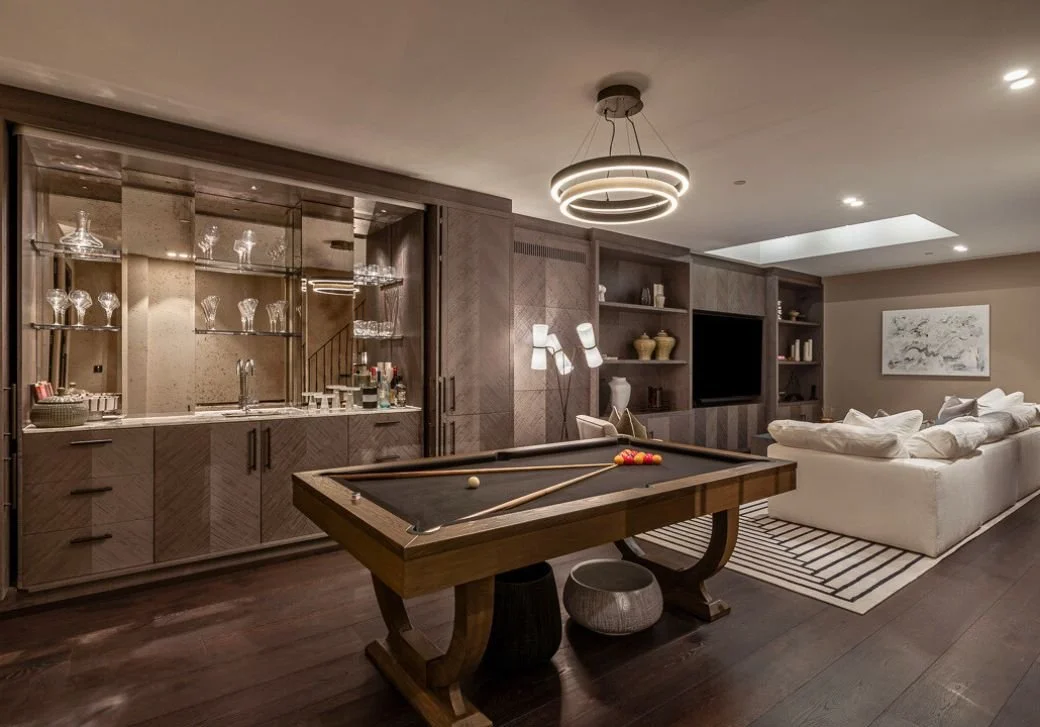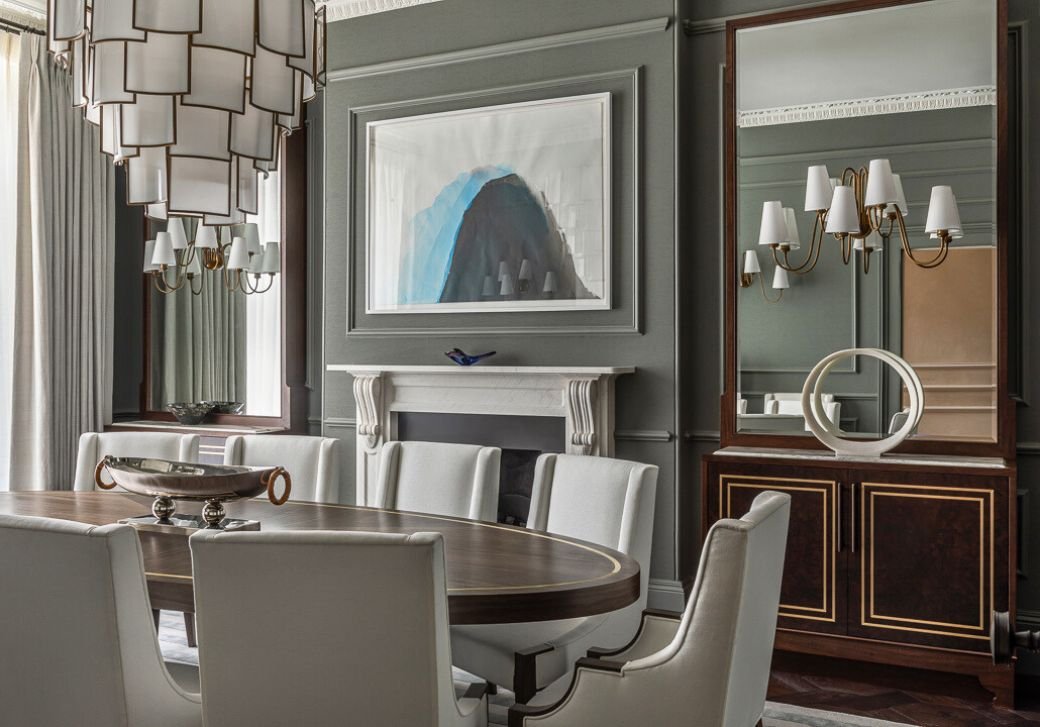The Technical Reality Behind Bespoke Joinery - TECO Bespoke
Behind every visually striking interior is a complex web of technical decisions, many of which aren’t always plain to see.
Translating a concept into high-spec joinery demands meticulous control over every detail, from material behaviour to finish consistency and form.
Lacquer application, for example, isn’t simply a matter of colour. It’s about controlling sheen levels, texture, and reflection across multiple planes - especially where curved or reeded surfaces are involved. Similarly, matching stains can require hundreds of micro-adjustments, especially when working with natural materials.
One recent project involved an extensive kitchen scheme, with metres of cabinetry in a custom-stained veneer. Hundreds of individual timber components had to be colour-matched not just to the flooring, but to one another, achieving less than 2% tonal variation across the entire room. Grain direction, cut, and even the order of application all played a role in getting it right.
As client expectations rise and the appetite for off-the-shelf solutions declines, the role of joinery is evolving. It’s no longer about simply building to fit a space, it’s about creating something singular, where every line, finish, and junction point holds up to close inspection. In that context, bespoke isn’t just a visual quality. It’s a technical one.
No room for error
When working with curved forms, layered textures, or contrasting materials, the tolerance for error becomes vanishingly small.
Whether it’s applying sprayed gloss across reeded profiles or using hand-brushed techniques that preserve character without inconsistency, the workshop must convert a visual idea into something durable, tactile and precisely executed.
Finishes like crackle paint or burnished lacquer introduce texture and age in ways that can’t be replicated with standard treatments. At the other end of the spectrum, matt and satin lacquers offer quiet simplicity, yet demand extreme control to apply evenly. High-gloss lacquers and specialist metal coatings present an entirely different challenge, requiring environmental control and exacting precision, especially on curved or faceted surfaces where reflection, tone, and depth must remain flawless.
A new layer of complexity
Clients are increasingly seeking something that’s entirely their own - pieces with architectural presence, refined finishes and importantly, details no one else has.
This demand brings a new layer of complexity. Achieving a flawless result across unique shapes, integrated features and natural materials requires both design sensitivity and technical control. For example, veneers with custom stains allow for rare looks and sustainable alternatives but they must be matched with precision across surfaces, edges and profiles to maintain visual flow.
Consistency at scale
Isolated craftsmanship isn’t enough; the challenge lies in maintaining that same level of precision across an entire project. TECO routinely colour-matches bespoke stains to flooring, aligns grain direction across multiple elevations, and delivers finishes that hold their tone and depth from one room to the next.
On large-scale projects, this level of precision is critical. Minor variations in tone or texture can quickly become visible when surfaces are repeated across a room or a series of connected spaces
Explore the full range of bespoke furniture finishes:
get in touch
Searches Farm,
St Albans
WD5 0SB




